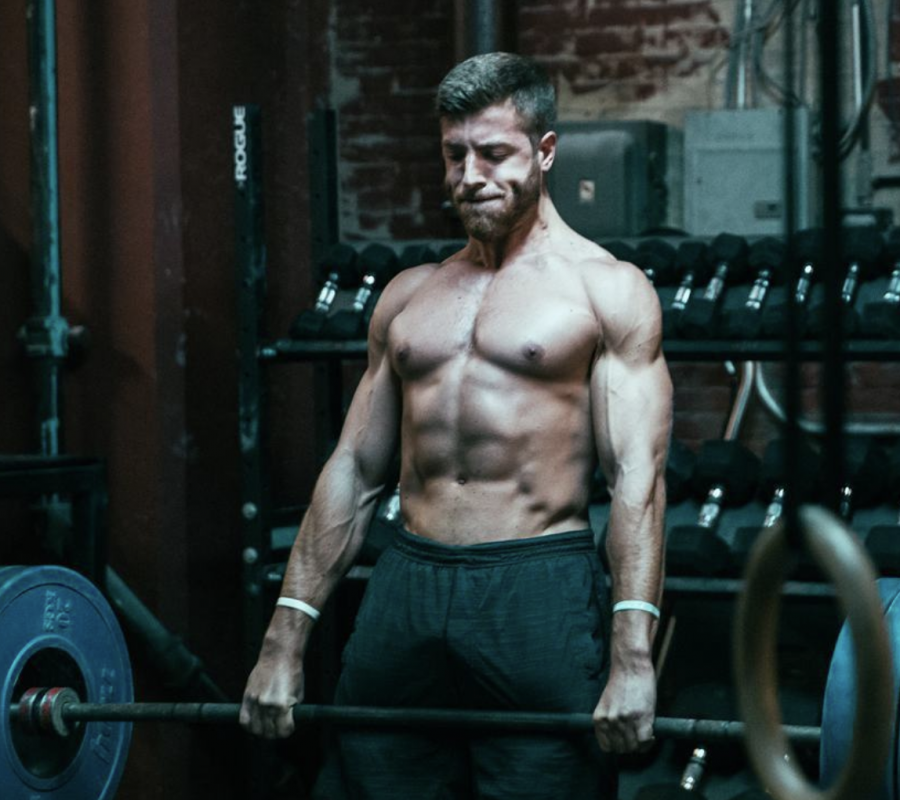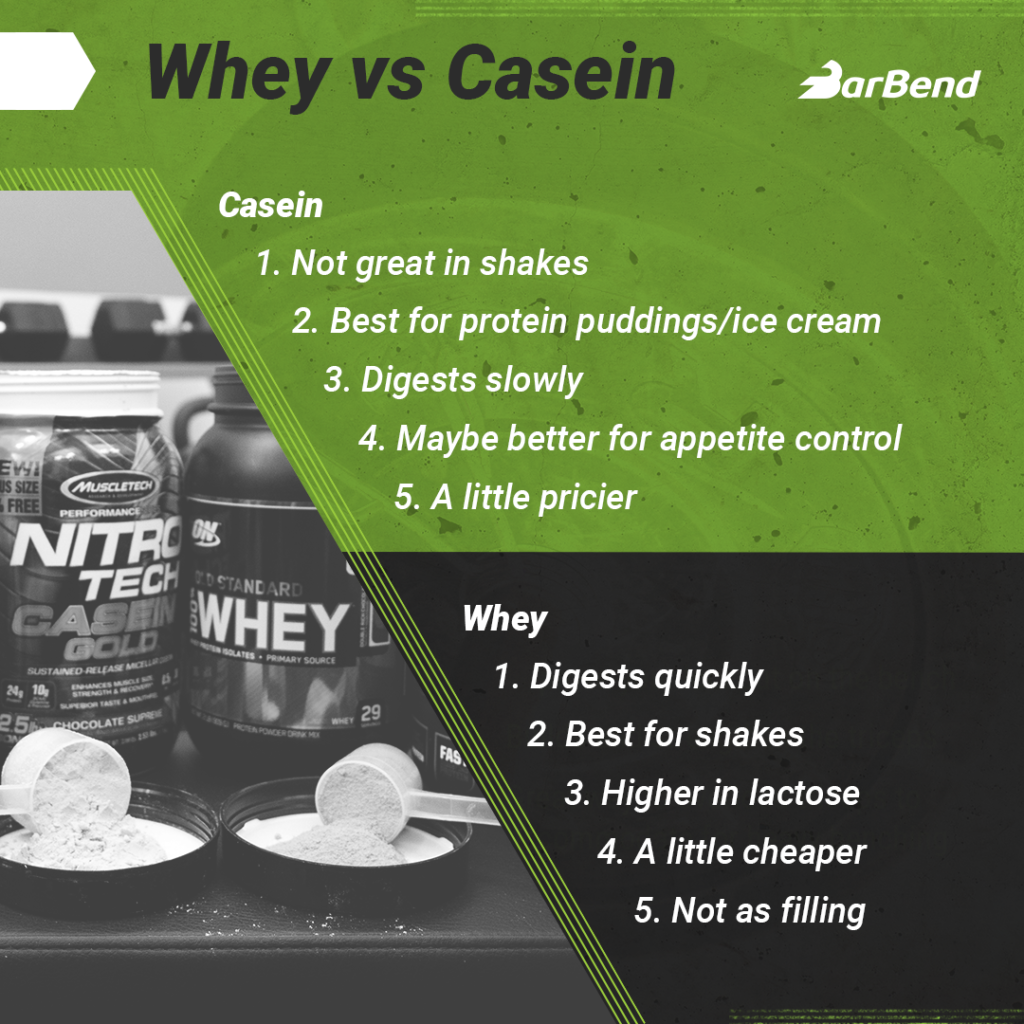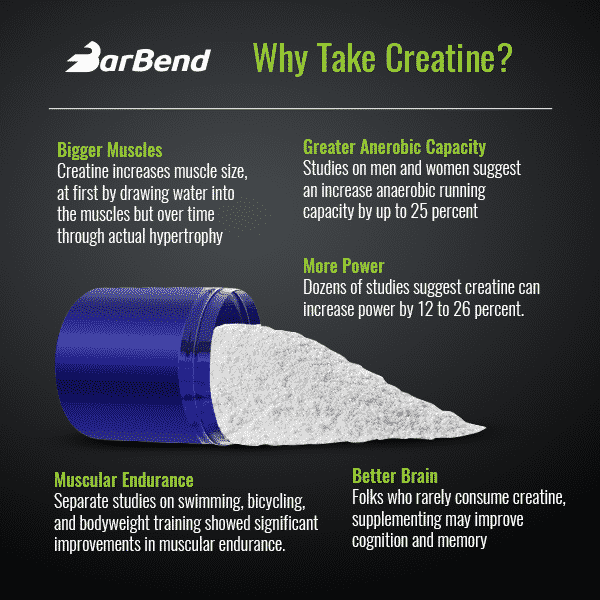College comes and goes incredibly fast, which means it should be treated as a sacred time for many things. Outside of the budding friendships and career connections being made, college is also a great time for building muscle, working out, and reinforcing wellness habits that will last a lifetime. At such a crucial time for both personal and professional growth, the habits formed in college can extend far past their acute college usage.
Potentially the most brutal fact of college is how fast one’s time allotment and schedule can change. One week you’re free with all of the time in the world with a light class and study schedule, then the next you’re drowning in work and staying up until three AM at the computer lab. The fact of the matter is that’s just how college is sometimes and it can be a blessing in disguise to prep you for the real world, but it can also wreak havoc on life when trying to stay consistent with a schedule.
The question is: How can we adapt and conquer an ever-changing schedule?
Unfortunately, it’s impossible for us to inform you how to handle high loads of stress when your time is stretched thin, but we can help you better manage your muscle and diet. Below are some of the big topics we’ll cover.
- The Research of Fitness and Diet In College
- Picking College Fitness Goals
- Diet Plans for College Students
- Satiety and Muscle Repair Supplements: Protein and Casein Powder
- Muscle Gain Supplements: Creatine
- Sleep and Mood Supplements: Magnesium
This college muscle building guide will aim to help educate you on how to choose realistic fitness and diet goals, build a schedule to accommodate them, pick the right workout and foods for you, and much more.
Why Fitness and Diet Are So Important In College
Before we dive into some of the finer details of building muscle and succeeding at fitness and dieting in college, it’s probably a good idea to discuss why doing so is so important. After all, hitting the gym and eating right ins’t always the first option for some folks, so a list of benefits is never a bad thing when needing a little convincing or further validation.
1. Better Habits Formed In a Critical Time
College is often the first time in many people’s lives where they’re completely on their own and in control of their own schedule. If hitting the gym and eating healthy aren’t already in someone’s lifestyle, then building those habits in college early on can be huge key for the longevity and sustainability of them.
Between the ages of 15 and 24(ish), the brain is still in multiple periods of development, and that includes the development of the very important pre-frontal cortex. The pre-frontal cortex is responsible for many of the actions and emotions we go through on a daily basis (1). For example, this area of the brain is responsible for inhibiting inappropriate behavior and reinforcing appropriate behavior, and much more, which brings up to our first benefit: Habit forming.
The concept of forming habits is an extremely complex matter, but there are a few consistent habit-related traits that can be seen in multiple studies (2, 3).
First, habits are typically associated with repetition, so if you’re doing something consistently and often, then there’s a good chance it will become automatic for the body.
Second, habits are often related to goals and self-perception. If you create goals based off of habits, then following through with them tends to add a level of motivational depth to actually building that habit.
On that note, fully understanding the benefits of both building a fitness routine and eating healthy can ensure habit formation on both fronts. In a 2014 study published in the International Journal of Behavioral Nutritional and Physical Activity, researchers highlighted how important goals and repetition were when creating healthy eating habits in youth (4). As a college student in control of their own time, this study does a pretty good job at highlighting how education, goal formation, and repetition can be major keys to determining success in respects to positive life changes.
2. Defy a Stereotype
The “freshman 15” is often a running joke on college campuses, and most laugh this topic off, but there’s some truth behind this old saying. In fact, there are multiple studies that have done research on this very idea. One study from 2011 published in the Journal of Eating Behavior proposed that students who gained the “freshman 15” were often seen to match factors including things like: high stress levels, lower self-esteem, lower community involvement, and lower grades (5).
Obviously, there’s a lot more to weight gain in college (and the first semesters) than the factors listed above, but this sudden increase in weight is interesting because with careful planning it can often be avoided. For example, in college the body is still enduring periods of physical development, which puts it in a unique setting where muscle and body composition goals can be a bit easier to obtain compared to when we’re 30+ and working full-time.
Weight gain doesn’t have to come in the form of fat when healthy eating and fitness are taking precedent in one’s life at a time of multiple changes. If you attend college with a wellness game plan, then weight gain can be typically slowed, redirected into muscle, or simply halted because these habits will then be a part of your life that you’re cognizant compared to letting the unwanted weight gain sneak up on you.
3. Better Cognitive Performance and Stress Relief
Yes, schedules vary greatly from college student to student, but more than likely, you’ll have semesters or periods of time where you have more time available than normal. These breaks in a normally busy routine are opportune times to begin working out consistently, meal prepping, and educating oneself on the best wellness practices.

Outside of having more free time, energy levels are also naturally higher (for the most part) during the ages of 18-24. College students have a fair amount of stress — and this point is arguable — but typically these high levels of stress are variable and they haven’t accumulated to a point where they’re creating a ton of physical fatigue yet. Obviously, everyone is different with how they handle stress, but this is a major reason why working out in college with more energy is so great and should be a priority, as it can actually create a positive carryover and produce energy.
And what can naturally help combat high levels of stress when you have higher amounts of energy? Working out!
There has been ample research performed on the beneficial effects that working out has on the mind, so starting or continuing fitness habits in an ever-changing and stressful time period of life can be extremely beneficial for every student (6, 7). To take that point a step further, this 2017 study published in the International Journal of Sports Science analyzed how a university programmed exercise event impacted stress levels for students at the end of the semester, aka finals time (8). Upon their analysis, researchers suggested that those who partook in the exercise event had lower levels of self-perceived stress.

Choosing the Right College Fitness Goals
Hopefully by now there’s a strong case made for the benefits of working out and eating healthy in college, so where do you start with goals? Well, that’s going to come down to a few different factors and these could be spun in multiple ways. You can base goals on time allotment, body composition, strength, level of fitness, and much more. More than likely, you’ll have goals that have plenty of overlap, so you’ll be moving in the right direction in multiple respects. Below, there are three methods explained for how college students can pursue fitness goals.
Time Allotment
If your fitness goal revolves around time allotment, then you can approach working out from a few different angles. First, you can approach this goal from a workout frequency standpoint. For example, you want to hit the gym X amount of times for workout this week, month, or semester. This goal structure is best for those with floating schedules that are unsure when they’ll have time, but they want to hit the gym at least however many days a week.
Second, you can approach time allotment goals from time spent in the gym. This structure works best for anyone with a schedule that allows for a set amount of time a day that’s dedicated to the gym. For example, if you have an hour in the morning and you want to spend 45-minutes of that training, then that’s one way to structure time oriented workout goals.
Body Composition
A body composition workout goal is a little more complex than simply hitting the gym a certain amount of times a week or getting stronger. This goal requires much more planning and attentiveness to diet, but once a schedule is setup it becomes much easier to follow through with and maintain. Below, we’ve highlighted three general tips and ideas for guiding you along a body composition goal.
- Small Steps: The first steps for shifting body composition is defining the direction you want to head in, setting up strategic checkpoints, and designing a diet and workout schedule that’s feasible for you. Start with small steps and as you gain confidence start implementing bigger pieces of the puzzle. A lot of individuals like to dive right in and create huge changes, but then burn out can occur at a faster rate, so taking small steps is a great way to start.
- Be Patient: Body composition is a tough goal because it’s not an immediate pay out. It’s not like a lift that can easily tested after weeks of training. If your goal is to decrease body fat and gain muscle, then be patient with the process!
- Use the Mirror for Progress: The scale is great, but in some cases the idea of a weight number can skew the fulfillment of creating a healthier lifestyle. The mirror is one the best ways to track body composition because in some cases the mirror tells the story that the scale cannot. For example, muscle weighs more than fat, so if you gain muscle and lose fat and like how you look, the scale can sometimes mislead what’s actually happening with the body.
In respects to body composition, there are multiple ways to approach this goal. Everyone will have different requirements, and the best advice is to equip yourself with professional help to get started, or make small strides under your own power using educational resources as guiding lights.
Strength
If strength is the goal, then the path that needs to be taken is a bit more straight forward. For a strength goal, a consistent workout plan is a must and that’s where the concept of periodization comes in. Every workout template and plan are all built around one premise, and that’s a periodized (calculated) approach to consistently overload the body. Now, every workout plan will be a bit different, but at the end of the day, they’re all progressively overloading one, two, or sometimes many variables.
1. Beginners: For the beginner, its best to follow a simple template that focuses heavily on compound movements like the squat, bench press, deadlift, trap bar deadlift, pull-up, and so forth. These movements are all staples in a variety of workouts and strength sports, so building a foundation on top of them is always a great idea.
- First Step: Calculate a realistic long-term strength goal for the school year or a semester, then break that goal into three or four parts that will serve as checkpoints. This goal could be based on one lift, or a few lifts.
- Second Step: Find a workout routine that matches your schedule, energy levels, and goals. If you’re brand new, this plan doesn’t need to be crazy in-depth, it just needs to be progressively loaded and tracked. For example, a study published in 2019 in the Journal of Strength and Conditioning Research suggested that strength can be built in short sessions (13-minutes) three times a week (9). So again, base the workout on what resources you have available, as marathon workouts are not a must for beginners!
- Some Ideas: Programs like 5×5 and 5/3/1 are decent starting points for building foundational strength, but they’re not the only options. Start there, then do some research based off of what you learn from them!
2. Intermediate/Advanced: For this group of lifters it gets a little bit more nuanced when trying to work towards strength goals. A foundation of strength is already present in this population, so now goals must be taken a step further and analyzed a bit more in order to make progress.
- First Step: Define your resources. How much time and energy do you have for the gym? More than likely, sessions for this group might run a little longer and be more intense than the beginner. Basing a workout schedule off of the resources available (one’s energy, stress levels, time availability, etc) from semester to semester is always a wise idea. For example, on a loaded schedule with little sleep, following an intense plan could cause too much accumulation of fatigue.
- Second Step: Pick one or two goals and run with them. As opposed to improving foundational strength as a whole, take a step back, and analyze current progress. What’s lagging and could be defined as a “weakness”? Once you define them, then you can pick a specific area you’d like to improve.
- Some Ideas: If you’re involved in a strength sport, then hiring a coach or finding a template specific to your sport is a good idea. For those who are vested in lifting, but not involved in a sport, then a program with varied mesocycles of hypertrophy, strength, skill development, and so forth is often a really good bet.
Regardless of your level of fitness and strength, there always needs to be progressive overload present in a program to properly progress. To progress properly and quickly, make sure to write down exactly what’s done in the gym every workout, and also writing about the overall feeling during the workout are useful tools.
Diet Plans and Tips for College Students
Diet is huge for college students. This is a time when most college students are completely on their own and in control of everything that is put into the body. In a lot of cases, there’s a learning curve and adjustments have to be made on a regular basis, and that’s totally okay. Although, when there is lack of learning and adjustments, then that’s when unwanted weight gain can sneak up on students. So where do you begin?
Portion Sizes
A great place to start for college students and diet are defining portion sizes. In many cases, portion sizes are much different than what is perceived by the consumer, and calories can add up quickly when these are not accounted for. Below are some quick examples of what normal portion tend to look like.
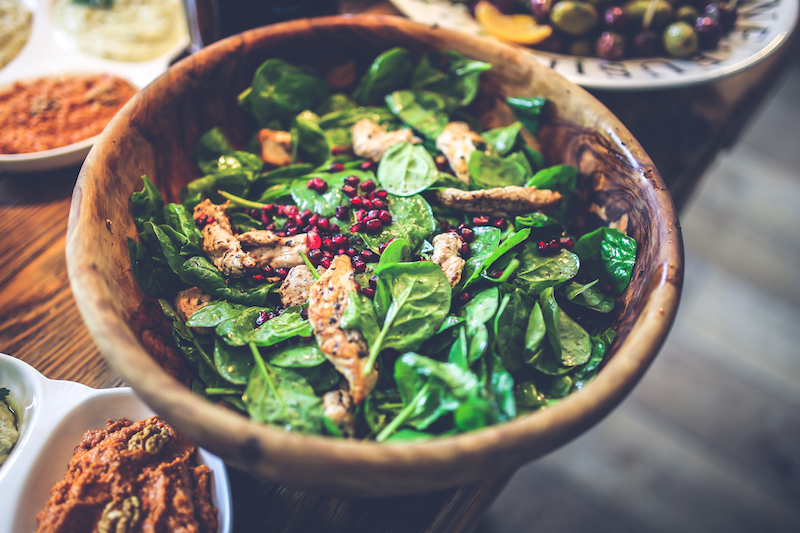
- Protein: A normal size of protein is around 3 ounces, which will often look like someone’s open palm in size when plated.
- Grains/Beans: For most grains and beans a ½ cup is the standard serving size, which will be about the size of a closed fist when plated.
- Vegetables: Eat more at each meal and don’t sweat “normal” servings sizes! Granted, if they’re smothered in cheese or sauces, then they should be accounted for.
- yogurt: A standard yogurt serving is about 1 cup, which looks like a clenched fist.
For foods like fruits, peanut butter, and nuts, that contain slightly higher calories and sugar (fruits = fructose), then it is worth checking out those foods individually to really get a grasp for each of their serving sizes. The goal to consume whole and natural foods with plenty of vegetables and protein at every meal is a great foundation and place to start. It’s also wise knowing how much protein you need on a daily basis to begin!
Finding Caloric and Macronutrient Goals
Another big key for dietary success in college is understanding how many calories you need on a daily basis, and if you want to follow consistent macronutrients. To start this process, we recommend using a few quick calculators online to give you an idea (an average) of how much you are potentially burning. It’s always a good idea to use a few different calculators, as one might can be a little limiting in providing you with a healthy range.
Next, macronutrient calculations. Macronutrients are your fats, carbs, proteins, and alcohols. Each macronutrient comes with a different caloric weight and knowing these can help you pursue any dietary and fitness goal. For someone aiming to lose weight, gain muscle, and undergo a body recomposition, basing a diet off of macronutrients is always a good idea. In doing so, you can help support your goals with custom nutrition to support recovery, repair, and avoid skewing a diet in excess of one macronutrient.
- Fat = 9 Calories
- Carbohydrate = 4 Calories
- Protein = 4 Calories
- Alcohol = 7 Calories
Diets Guides and Ideas
What diet is best for college students? The perfect diet for college students is one that can be adhered to for one’s goals and that builds a healthy relationship with food. There’s no end-all-be-all perfect diet for college students, but there are different diets that will fit different needs best.
At times, it can be confusing as to what diet will fit your lifestyle best, so below we’ve listed some of the most popular diets for examples that are worth checking out and reading into. Keep in mind, every diet below should only be used after one has defined how much calories, macronutrients, and micronutrients that they need on a daily basis.
- Short On Time — Intermittent Fast: If you’re pressed on time, or you’d rather consume your daily allotment of food in a shorter time frame, then intermittent fasting could be a good option for you.
- Love Variety — If It Fits Your Macros: For those who love variety in their diet and have a good grasp on serving sizes already, then If It Fits Your Macros is a good option.
- Need Strategic Limitation — Paleo, Keto, or Carnivore: These diets definitely aren’t for everyone, and careful planning/thought needs to go into each, but if you love having a limited list on what you can eat, then the paleo diet, keto diet, and the carnivore diet could be viable options.
- Hate Cooking — Try Meal Services: Another option for college students is to invest in a meal delivery service. These can be slightly expensive for a normal student’s budget, but they can be useful if finances are no issue.
The above diets are a few of the larger popular options that are heavily used in today’s busy world. The best advice, is to once again, find a nutritionist for assistance when implementing a new diet regimen into a lifestyle. Not every option will offer the same benefit for every college student, so having a grasp on goals, energy requirements/needs, and lifestyle can help direct what will work best.
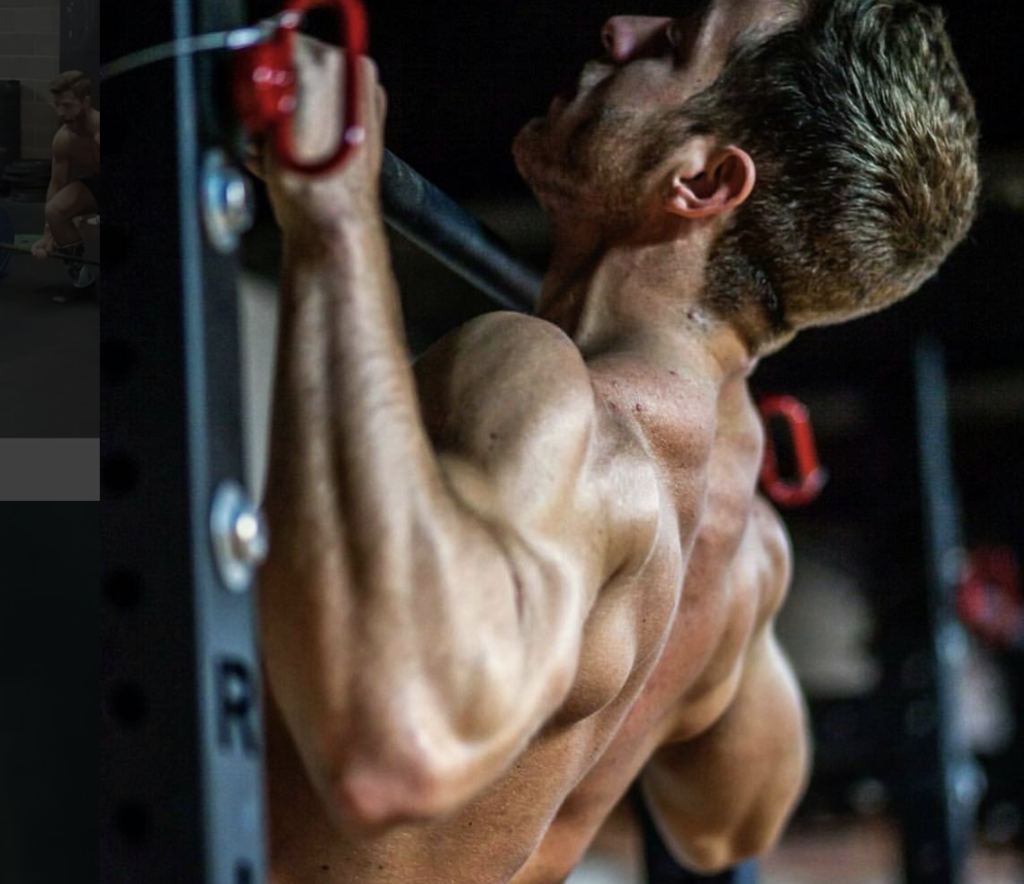
Fat Loss or Muscle Gain?
In respects to body composition, the three main outcomes most desire include fat loss, muscle gain, and maintenance. These three goals can be worked into every style of diet and there needs to be careful planning around each to ensure you are progressing in a healthy and smart manner.
- Fat Loss: If your main diet goal is fat loss, then it’s a little more complicated to proceed with any diet. There has to be careful planning, and healthy fat loss should take precedent over any form of crash diet.
- Building Muscle: Build muscle is a bit more simple than fat loss, but there still needs to be a fair amount of attention given to creating a calculated plan. Haphazardly approaching any diet surplus, or muscle gain could warrant unnecessary fat gain.
Alcohol
For many, alcohol is an inevitable part of college, and that’s not necessarily something to shy away from, but something to adapt and account for. There’s no beating around the bush that alcohol will hinder recovery, impact strength, and add additional calories to a diet, so it’s best to account for these factors and do damage control (10, 11). Below are a few ways to do damage control when drinking is unavoidable.
- Create a Limit: An obvious, but effective method is limiting one’s self to a certain amount of drinks, days of drinking, or type of drink. This can promote overdoing it and slowing down recovery.
- Manipulate Macronutrients/Calories: After drinking, alcohol has been suggested to take precedence over the other macronutrients in digestion (12). One way to do damage control is to shift and move macronutrients/calories to account for what will be drank. For example, drop fat content on a drinking day to allow for drinking calories without going into a surplus.
Supplements for College Students
Supplements can be a somewhat controversial topic at times in respects to if they’re needed or not, but there are a few that can be incredibly useful for college students. Below, we’ll cover three supplements that can be useful to support college students on the pursuit of fitness and healthy eating.
Protein and Casein Powder
Are protein and casein powders a must in a diet? Absolutely not, but protein and casein powders do have their benefits for the busy college student. First, protein powder is a portable source of protein that generally has adequate amounts of amino acids. Second, there are protein powders for different dietary needs including things like: vegetarian, vegan, low-carb, paleo, and many more. This makes protein powder a viable option any type of eater who wants more protein on a daily basis.
The last benefit of protein and casein powders is that they can be useful when trying to bump up protein in meals like breakfasts and lunches. Casein is an awesome late night stack that delivers slow digesting protein to the body. For example, both options are great to mix in with oatmeal and can be easily consumed in shake form with a standard meal. This can help promote satiety for longer periods of time.
Protein Powder Benefits for College Students
- Great when on-the-go and easy to make into a snack
- Often packed with BCAAs to facilitate muscle growth and repair
- Easy and affordable option when trying to consume more daily protein
Casein Powder Benefits for College Students
- Can be made into a pudding, mixed with oatmeal, or drank alone
- Slow digesting protein to support recovery and satiation
- Great for late night snack to prevent binge or boredom eating
Creatine
If you have the goal of putting on muscle, few supplements have been tried and tested the same way creatine has. Creatine is a supplement that supports the increase in muscle size, power output, and has been suggested to have cognitive benefits (13, 14, 15).
Is creatine a must for building muscles? No, but it can be useful when added into a periodized program. For a college student, if the goal is strength, then creatine is useful because it’s relative inexpensive for your standard creatine monohydrate, it’s easy to take on a daily basis (5g servings), and it mixes well with most liquids.
Creatine Benefits for College Students
- Inexpensive option for a proven muscle building supplement
- Can be made easily transportable and it mixes well with water and most juices
- Easy to consume and can be taken at any point during the day

Magnesium
Another supplement that can be useful for college students is magnesium. This supplement is often referred to as the “calming” supplement for its effects it can have on mood, the nervous system, and stress levels. In a busy lifestyle, it’s not incredibly uncommon to be deficient in magnesium.
Deficiency in magnesium can be problematic for college students who need ample sleep and energy to complete rigorous class and work schedules. Outside of promoting the feeling of calmness, magnesium may also positively impact natural testosterone levels and sleep quality.
Magnesium Benefits for College Students
- May support better sleep quality and stress levels
- Comes in multiple forms (capsules, powders, and liquids)
The Major Takeaway Points
In college, habits can last a lifetime, so it’s a good idea to start fitness and healthy eating habits during this period of life. As schedules/semesters vary greatly in college ranging from a ton of free time to extremely busy, these periods can be a great time to 1) learn how to adapt a busy schedule to fitness and healthy eating and 2) use a ton of free time to learn, grow, and recover. Below are the major takeaways for college students pursuing better fitness and diet.
- Create a goal that aligns with your resources available and level of fitness.
- Body composition, strength, and time allotment are all useful ways to create fitness goals.
- Diets can vary and there are multiple ways to pursue goals. A registered nutritionist/dietician is a great place to start.
- There are a ton of supplements that can be useful, but protein, creatine, and magnesium are some of the most useful supplements for college students.
References
1. Sharma, S., Arain, Mathur, Rais, Nel, & Sandhu et al. (2013). Maturation of the adolescent brain. Neuropsychiatric Disease And Treatment, 449.
2. Sharma, S., Arain, Mathur, Rais, Nel, & Sandhu et al. (2013). Maturation of the adolescent brain. Neuropsychiatric Disease And Treatment, 449.
3. Gardner, B. (2014). A review and analysis of the use of ‘habit’ in understanding, predicting and influencing health-related behaviour. Health Psychology Review, 9(3), 277-295.
4. Gardner, B., Sheals, K., Wardle, J., & McGowan, L. (2014). Putting habit into practice, and practice into habit: a process evaluation and exploration of the acceptability of a habit-based dietary behaviour change intervention. International Journal Of Behavioral Nutrition And Physical Activity, 11(1).
5. Gillen, M., & Lefkowitz, E. (2011). The ‘freshman 15’: Trends and predictors in a sample of multiethnic men and women. Eating Behaviors, 12(4), 261-266.
6. Hogan, C., Mata, J., & Carstensen, L. (2013). Exercise holds immediate benefits for affect and cognition in younger and older adults. Psychology And Aging, 28(2), 587-594.
7. Vina, J., Sanchis-Gomar, F., Martinez-Bello, V., & Gomez-Cabrera, M. (2012). Exercise acts as a drug; the pharmacological benefits of exercise. British Journal Of Pharmacology, 167(1), 1-12.
8. TESSA L. KOSCHEL, J. (2017). Examining the Impact of a University-driven Exercise Programming Event on End-of-semester Stress in Students. International Journal Of Exercise Science, 10(5), 754.
9. Schoenfeld BJ, e. (2019). Strength and Hypertrophy Adaptations Between Low- vs. High-Load Resistance Training: A Systematic Review and Meta-analysis. – PubMed – NCBI . Ncbi.nlm.nih.gov. Retrieved 25 January 2019.
10. Barnes MJ, e. (2019). Post-exercise alcohol ingestion exacerbates eccentric-exercise induced losses in performance. – PubMed – NCBI . Ncbi.nlm.nih.gov. Retrieved 25 January 2019.
11. Shelmet, J., Reichard, G., Skutches, C., Hoeldtke, R., Owen, O., & Boden, G. (1988). Ethanol causes acute inhibition of carbohydrate, fat, and protein oxidation and insulin resistance. Journal Of Clinical Investigation, 81(4), 1137-1145.
12. Y, S. (2019). Role of substrate utilization and thermogenesis on body-weight control with particular reference to alcohol. – PubMed – NCBI. Ncbi.nlm.nih.gov. Retrieved 25 January 2019.
13. Malek AliMohammadi, H. (2015). Effects of creatine supplementation on learning, memory retrieval, and apoptosis in an experimental animal model of Alzheimer disease. Medical Journal Of The Islamic Republic Of Iran, 29, 273.
14. Erdman J, et al. (eds) Nutrition and Traumatic Brain Injury: Improving Acute and Subacute Health Outcomes in Military Personnel. National Academies Press (US); 2011.
15. Benton D, et al. The influence of creatine supplementation on the cognitive functioning of vegetarians and omnivores. Br J Nutr. 2011 Apr;105(7):1100-5.
